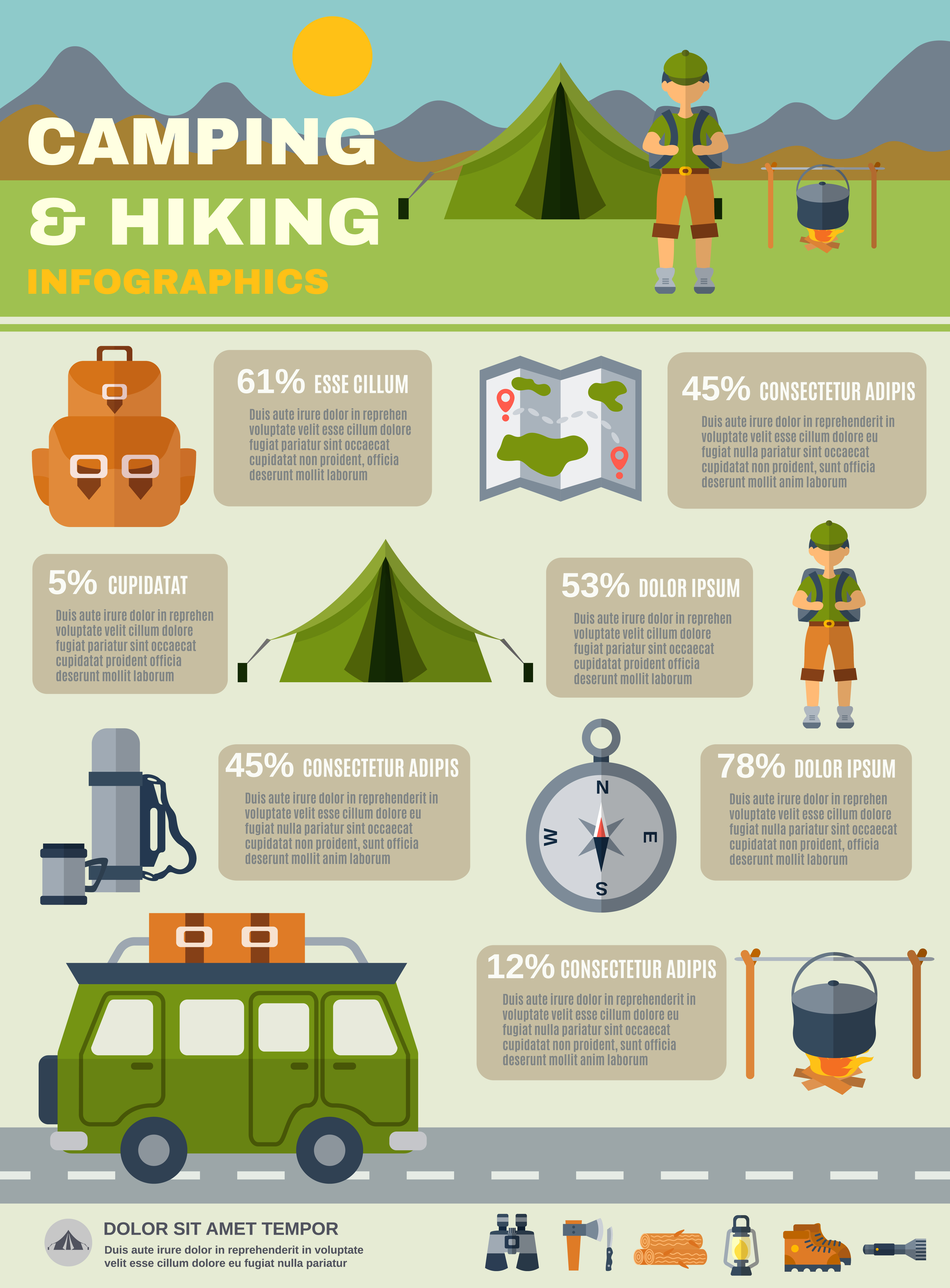Rain flies are a necessary device for wall tents. They enhance the capability of an outdoor tents to shield campers from extreme weather conditions while offering added comfort and toughness.
Normal cleaning of a rainfall fly keeps mud, mold, and particles from ruining it. Additionally, making sure the correct tension of a rainfly stops it from sagging and permitting water to collect beneath.
Weather Resistant Materials
The product used in building and construction projects can impact the longevity and sturdiness of the task. Choosing weather-resistant products helps reduce maintenance prices and saves resources for future fixing and replacement.
Timber might not be the first product that enters your mind when talking about climate resistance, but it is extremely sturdy when properly treated with chemicals. Cedar, redwood, and teak wood are examples of naturally rot-resistant timbers made use of to make a variety of outside furnishings and structures.
High-performance canvas wall camping tents are made to resist wetness and maintain campers comfy. It is essential to tidy canvas and outdoors tents routinely to eliminate dust, mud, and dirt. It is also necessary to rinse any kind of deposit from the canvas tent before keeping it away for usage. Stay clear of using bleach, as it ruins the water-resistance therapy and makes the tent much more prone to leak. Conversely, a soft brush and a hose can be utilized to completely scrub the canvas outdoor tents and wash it off with water until it is fully saturated.
UV Direct exposure
Unless an outdoor tents is made from UV-resistant fabric, prolonged exposure to sunlight will certainly create it to weaken. This holds true of all fabrics, but it's especially noticable for camping tents and canvas frameworks as a result of how much they're utilized in exterior setups. UV radiation can create dyes to break down, leading to a loss of color vibrancy.
A rainfly protects wall tents from these hazardous UV rays by showing them before they can permeate the structure and reach your skin. It is very important to select a rainfly with a UPF score of 50 or greater to get ideal UV security.
A rainfly likewise assists control the temperature inside a camping tent depending upon the season. A lighter rainfly can keep camping tents from taking in excessive heat in the summer, while a heavier rain fly can help prevent heat from escaping the tent during cooler months. In either instance, these added layers of insulation can dramatically expand a camping tent's life expectancy.
Wetness Damage
Canvas tents are rather sturdy and can last 15-30 years with attentive treatment, however even the most high-performance canvas is not impervious to rainstorms. A rainfall fly or fly sheet includes a layer of security for the roof of your canvas tent and aids stop wetness damage.
Condensation, mold, and mold are not just unpleasant, but they can additionally damage the architectural integrity of your canvas tent. Protecting against these troubles is simple, but it requires thorough treatment and interest to information.
Make it a behavior to inspect your tent in the early morning and remove any all-natural condensation, dew, or snow that has actually built up on the surface. Later, make certain to spread your camping tent out in an open area and make use of a soft brush to scrub away any type of mold and mold that has actually developed. Once you have actually eliminated the affected locations, re-treat the camping tent with a mold awesome service and rinse it extensively to avoid any future problems.
Wetness Buildup
While typical, condensation can harm materials if left unchecked. Thankfully, proactive techniques like wiping surfaces and airing out tents minimize condensation' impact.
Tent textile, environment problems and use patterns add to condensation degrees. Sailcloth, for instance, stands up to water vapor dissipation and often tends to present handmade beads more readily than polyester or nylon options. Recognizing this distinction notifies how tent owners take care of outdoor camping condensation.
Occupant's exhaled breath and damp apparel and tools spike moisture levels. A lack of air flow approaches enables wetness to condense when cozy indoor air meets cooler surface area temperatures. This cycle magnifies on humid evenings or when an outdoor tents is positioned in low places. Inspecting and wiping tent surface areas quickly after cooling down urges moisture to distribute prior to damaging materials or creating mold and mildew. Localized air flow, such as routing a fan toward seams, more help the process. Acknowledging one of the most at risk areas of a camping tent, like high ridges and edges, aids campers streamline their moisture administration regimens.
